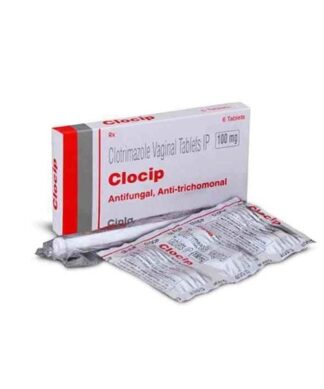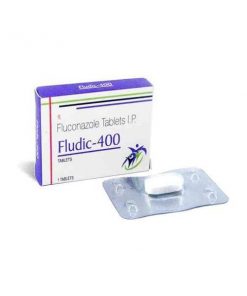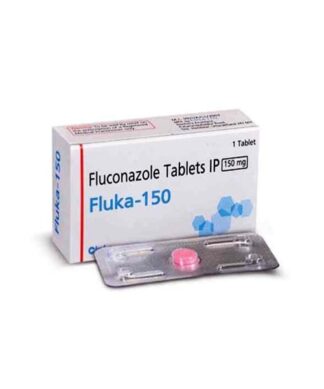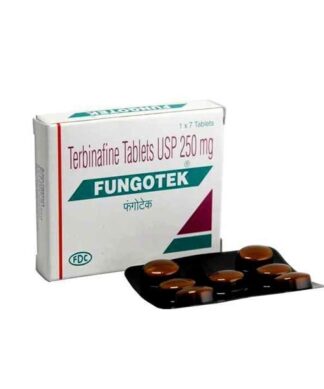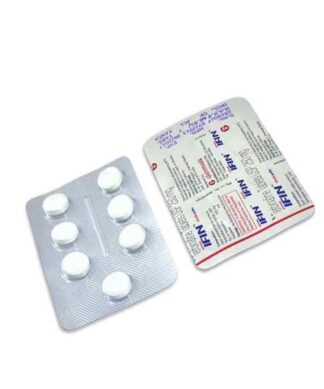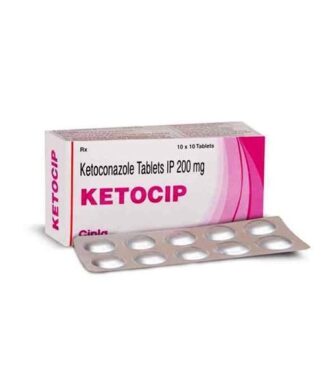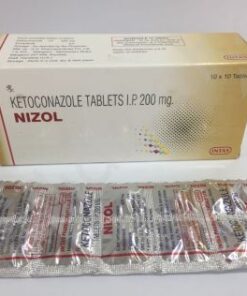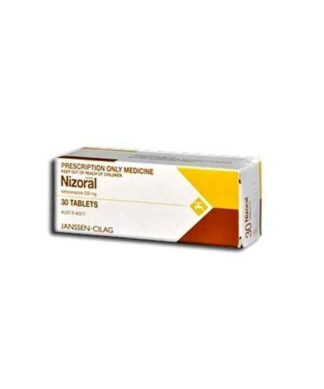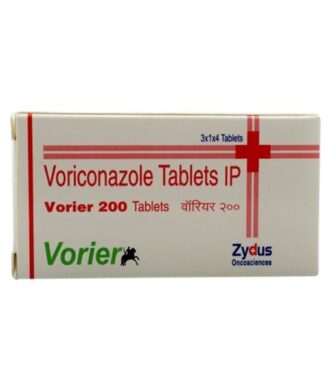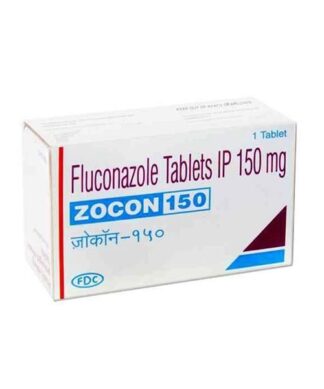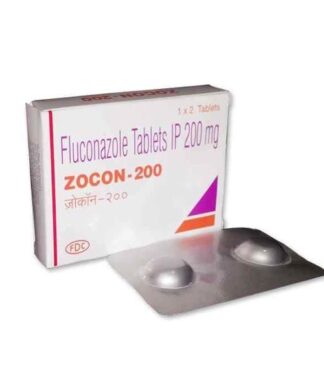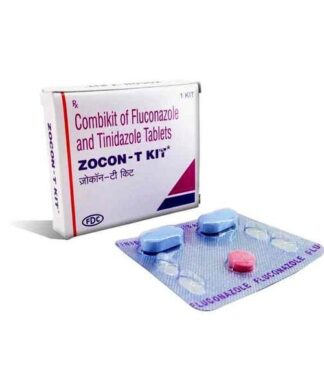What are Antifungals?
Antifungals are the medicines that do away with or stop the growth of fungi (this is the plural form of fungus) which cause the infections.
They can also be used for antifungal therapy, which treats fungal infections. Fungal infections can affect the
- Circulatory system.
- Respiratory system.
- Skin and nails.
How they work
Generally speaking, antifungal drugs can work in two ways:
It can do so by either directly killing fungal cells or by inhibiting the ability for fungal cells to grow and do well. Where do they draw the inspiration from?
Antifungal drugs act against structures or functions which are important in fungi but not in normal cells, so they can fight a fungal infection without killing your cells.
The cell membrane and cell wall of fungi are among the two structures that are normally targeted.
On one side, chitin forms the cell wall in the shape of a cylinder that surrounds the cell, and on the other side, glucan is responsible for the cell wall’s grooved appearance.
Protecting the cell walls is a type of resistance that both fungi and plants have evolved. Mycotoxins, produced by the fungus, can kill the plant cell if either cell wall gets compromised.
Types of antifungal drugs
Antifungal drugs are a group of drugs that have a wide-ranging diversity. They can be administered in different ways such as given orally, as topical treatment, or via an IV.
The way an antifungal drug administered is dependent on factors like the particular drug, the kind of infection you have, and how severe of an infection you have.
Antifungals drugs are grouped either by chemical structure or manner in which they operate.
The next paragraph will provide a summary of the different types of antifungal drugs and a list of the ones that are used to treat certain fungal infections.
Azoles
Azoles are amongst the most frequently prescribed antifungal drugs. They adhere to the enzyme that is vital for the manufacturing of the fungal cell membrane.
As a result, the cell membrane loses its stability and is likely to rupture, which will subsequently cause the cell to die. There are two subgroups of azole antifungals: imidazoles with triazoles.
Examples of imidazole antifungals and the conditions they treat are:
Ketoconazole: such as mucosal and skin infections like Candida of skin and mucosa, blastomycosis, histoplasmosis etc.
Clotrimazole: skin and internal organs infections, respectively.
Miconazole: disruption of functioning of the skin and mucous membrane. Some examples of triazoles and the conditions they treat are
Fluconazole: Infection of Candida types, including mucosal, systemic, and invasive ones; cryptococcosis. Itraconazole: aspergillus, blastomyces, histoplasma, oral candidiasis, coccidioidomycosis (off-label), and onychomycosis (off-label).
Posaconazole: Aspergillosis (even though it was off-label for treatment), mucosal and invasive Candida infections. Voriconazole: aspergillus, oral or invasive candidiasis caused by Candida species, and infections with Fusarium species.
Isavuconazole: aspergillosis and mucormycosis
Polyenes
Cell membrane of fungal cells that contains polyene will become more porous, resulting in cells that are easy to burst. Some examples of polyene antifungals are
Amphotericin B: a number of treatment options are possible for treating aspergillosis, blastomycosis, cryptococcosis, histoplasmosis (off-label), mucosal or invasive Candida infections, and coccidioidomycosis.
Nystatin: Candidiasis of the skin and mouth in particular.
Allylamines
The allylamines classes are similar to the azole antifungals in the way that they both block the enzyme that is responsible for the creation of the fungal cell membrane.
For instance, a typical representative of allylamines is terbinafine; it is applied in dermatomycoses treatment.
Echinocandins
The class of antifungal drugs which are known as echinocandins is rather a new one. These block a certain enzyme that is one of the key factors in the growth of fungal cell wall.
Some examples of echinocandins are
Anidulafungin: mucosal and systemic Candida infections
Caspofungin: mucosal and deep tissue Candida infections such as aspergillosis.
Micafungin: Candida mucosal and invasive infections, two types of infections.
Miscellaneous
Other than the aforementioned types, there also exist other antifungal medications as well. And the last group are ones, which work on other mechanisms, distinct from the types we’ve already talked about.
Flucytosine is an antifungal that is competitively inhibiting the incorporation of pyrimidine bases into nucleic acids and the synthesis of proteins by fungal cell. Hence the cell cannot be able to develop and proliferate.
Flucytosine is used to treat both candidiasis and cryptococcosis, which are the systemic infections with Candida or Cryptococcus species.
Griseofulvin is responsible for stopping the formation of the fungal cell that is responsible for the production of more cells. This medication may be used to fight skin, hair, and toenail infections.

